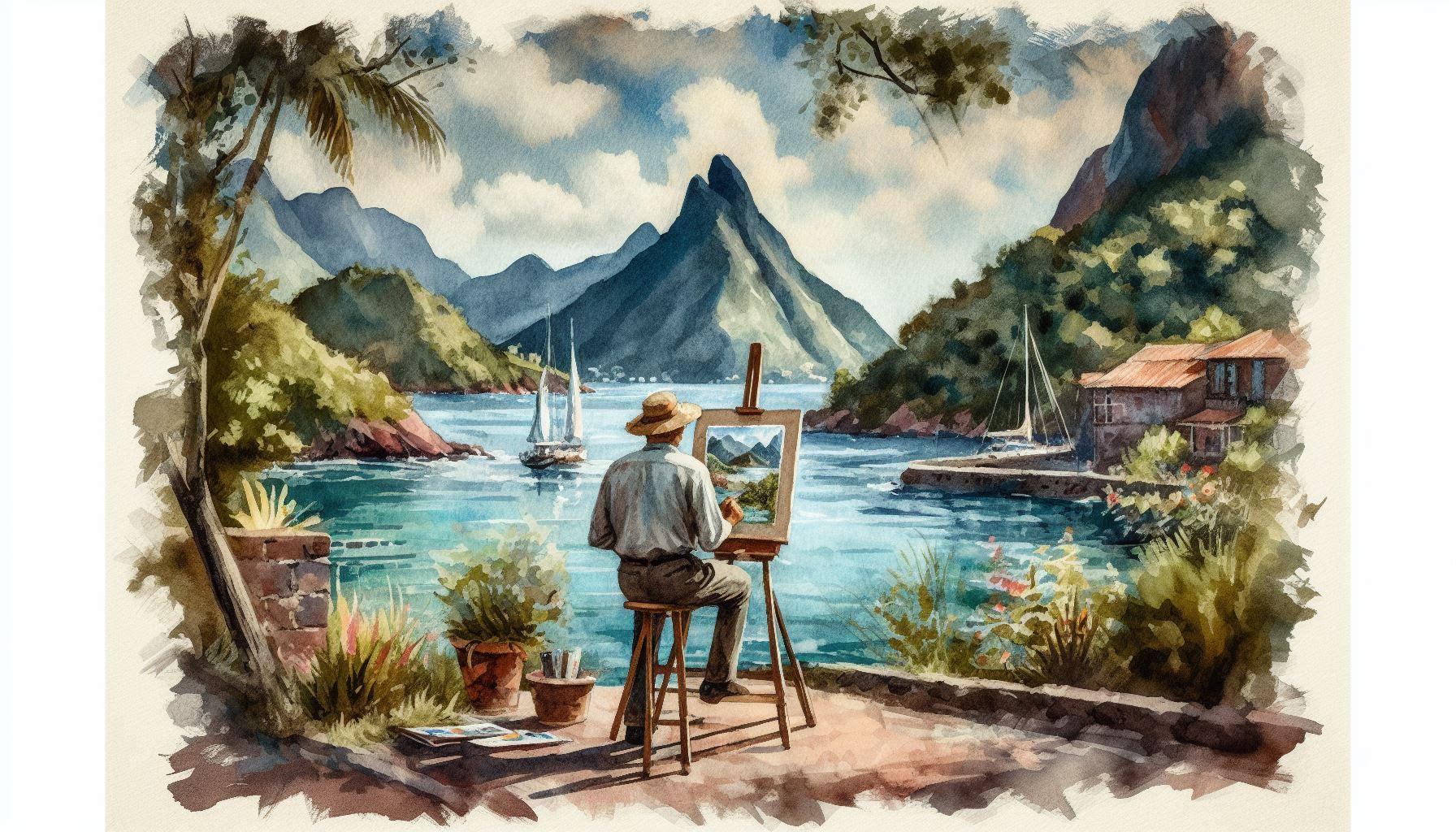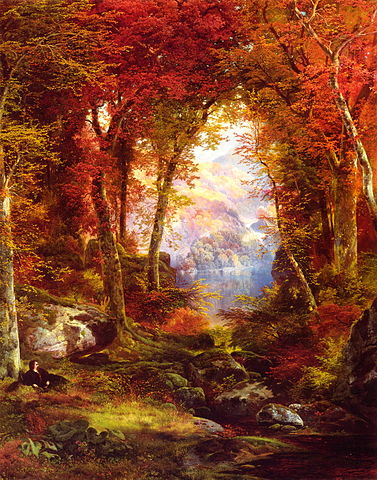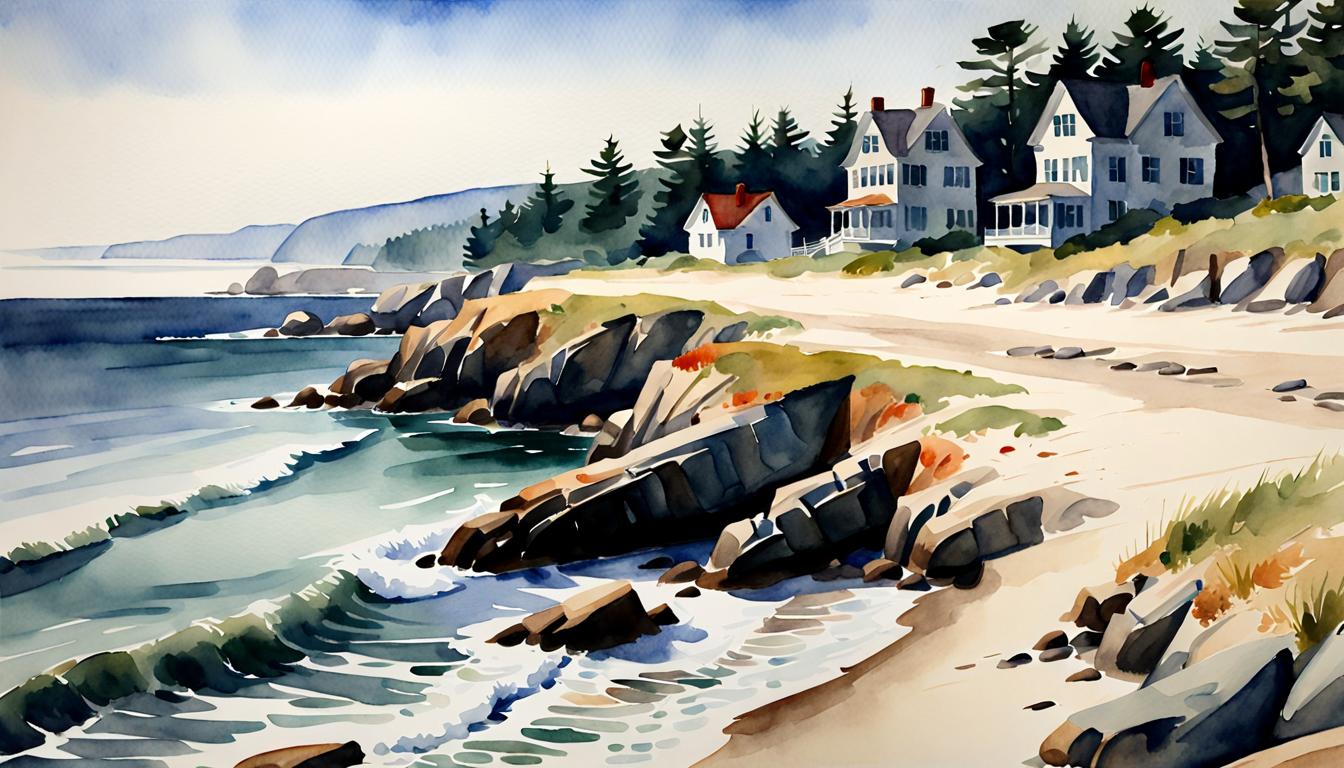
Eric Ravilious, a name synonymous with the quintessential English landscape, has left an indelible mark on the world of art through his evocative watercolors. He is my favourite British watercolor artist and fortunately living close to the Towner Gallery I can enjoy his works! Others who appreciated his talent include his famous teacher Paul Nash “the intent without, so to speak, the cocaine, the energy without the driving pain” that characterized his own work”. Robert Macfarlane, a writer, described his depictions as “dreamy watercolours of the prehistoric tracks of the South Downs” and noting how the “soft and equalising sunlight” and the “pathways and the loneliness” of the South Downs influenced his art
Born in Acton, London, in 1903, and later moving to Eastbourne, Sussex, Ravilious’s journey as an artist was deeply intertwined with the landscapes of southern England. His watercolors, characterized by their restrained palette and precise execution, continue to captivate audiences and art enthusiasts alike. This article delves into the enduring legacy of Eric Ravilious watercolors, exploring the themes, techniques, and influences that define his masterpieces.
Early Life and Artistic Development
Eric Ravilious’s early life in Eastbourne played a crucial role in shaping his artistic sensibilities. The move to this coastal town exposed him to the serene beauty of the South Downs, a landscape that would become a recurring motif in his work. Ravilious’s formal art education began at Eastbourne School of Art, followed by a scholarship to the Royal College of Art in London, where he studied under the modernist artist Paul Nash. It was here that he forged a lifelong friendship with fellow artist Edward Bawden, a relationship that would significantly influence his artistic journey.
The Sussex Landscape: A Source of Inspiration
The Sussex landscape, with its rolling chalk hills and ancient pathways, had a profound impact on Ravilious’s imagination. His depictions of this region are not mere representations but rather dreamlike interpretations that evoke a sense of timelessness and solitude. Robert Macfarlane, in his book The Old Ways, describes Ravilious’s watercolors of the South Downs as “dreamy watercolors of the prehistoric tracks” that capture the “soft and equalizing sunlight” and the “pathways and the loneliness” of the landscape. This unique ability to infuse his landscapes with a sense of otherworldliness is a hallmark of Eric Ravilious watercolors.
Eric Ravilious Watercolors: Notable Works and Themes
Ravilious’s body of work is vast and varied, but several pieces stand out for their exceptional portrayal of the English countryside. Among these are Furlongs (1934), The Long Man of Wilmington (1939), Cuckmere Haven (1939), and Beachy Head Lighthouse (Belle Tout) (1939). Each of these works encapsulates Ravilious’s mastery of watercolor and his deep connection to the Sussex landscape.
Furlongs (1934)

Furlongs is one of Ravilious’s early depictions of the land around Furlongs, a farmhouse on the Glynde Estate. The painting features the house and garden, with the South Downs forming a dramatic backdrop. The recurring theme of tracks and pathways is evident here, drawing the viewer’s eye into the distance and evoking a sense of journey and exploration.
The Long Man of Wilmington (1939)

This watercolor captures the ancient chalk figure carved into the hillside near Wilmington. Ravilious’s portrayal of the Long Man is both precise and evocative, highlighting the figure’s enigmatic presence against the undulating landscape. The painting reflects Ravilious’s fascination with the historical and mythical aspects of the English countryside.
Cuckmere Haven (1939)

In Cuckmere Haven, Ravilious depicts the meandering river and the iconic white cliffs of the Sussex coast. The painting’s composition and use of light create a serene and almost ethereal atmosphere, showcasing Ravilious’s ability to capture the essence of a place with minimalistic yet powerful brushstrokes.
Beachy Head Lighthouse (Belle Tout) (1939)

This watercolor features the Belle Tout lighthouse perched on the cliffs of Beachy Head. Ravilious’s use of muted colors and precise lines conveys the stark beauty of the coastal landscape. The painting is a testament to his skill in balancing detail with simplicity, creating a work that is both visually striking and emotionally resonant.
The War Years: A New Direction
The outbreak of World War II marked a significant turning point in Ravilious’s career. Appointed as an official war artist in 1940, he began to document the war effort through his distinctive watercolors. His works from this period, such as Firing a 9.2 Gun (1941) and Spitfires at Sawbridgeworth (1942), reflect a shift in subject matter while retaining his characteristic style.
Firing a 9.2 Gun (1941)
In this painting, Ravilious captures the dramatic moment of a naval gun firing from the port of Dover. The ghost-like figures of the artillerymen and the burst of fire create a sense of both awe and detachment, a common theme in his war-time works. The painting exemplifies Ravilious’s ability to convey the intensity of war while maintaining a sense of calm and order.
Spitfires at Sawbridgeworth (1942)
This watercolor depicts five Supermarine Spitfires at an airfield, a scene that Ravilious fabricated as the aircraft were not present at the site until later in the year. The painting reflects his fascination with aviation and his desire to capture the iconic fighter planes in his work. Despite the fabricated nature of the scene, the painting exudes a sense of authenticity and attention to detail.
Techniques and Style
Eric Ravilious watercolors are renowned for their technical precision and unique style. His use of a restrained palette, often dominated by muted greens, blues, and browns, creates a sense of calm and detachment. Ravilious’s application of paint is light and dry, with plenty of white space and intricate hatching and stippling. This technique gives his watercolors a distinctive texture and depth, setting them apart from the more traditional, lush watercolors of his contemporaries.
Ravilious’s landscapes often approach the abstract, with flat planes and hard lines that emphasize the geometric forms of the natural world. His love for “definite shapes” is evident in works like Downs in Winter (1934), where the curves of the hills and the vertical lines of an agricultural roller create a composition that is both minimalistic and striking.
Legacy and Influence
Eric Ravilious’s legacy extends far beyond his lifetime. His watercolors continue to be celebrated for their unique blend of modernism and traditional English landscape painting. Ravilious’s ability to capture the essence of the English countryside, with its subtle beauty and quiet charm, has cemented his place as one of the most beloved British artists of the 20th century.
His influence can be seen in the works of contemporary artists who draw inspiration from his precise technique and evocative compositions. Ravilious’s watercolors have also found a place in popular culture, with his images appearing in books, exhibitions, and even on limited edition prints, ensuring that his art remains accessible to new generations of admirers.
Recap
The enduring legacy of Eric Ravilious watercolors lies in their ability to transcend time and place, capturing the timeless beauty of the English landscape with a modernist sensibility. His works, characterized by their restrained palette, precise execution, and evocative compositions, continue to inspire and captivate audiences. As we look back on the masterpieces of Eric Ravilious, we are reminded of the power of art to evoke emotion, tell stories, and connect us to the world around us. Enjoy the Ravilious Collection at the Towner Gallery in the Devonshire quarter of Eastbourne. Close to the gallery is Favoloso Cafe favourite of travel writer Bill Bryson. Plenty to enjoy in the Devonshire Quarter.


